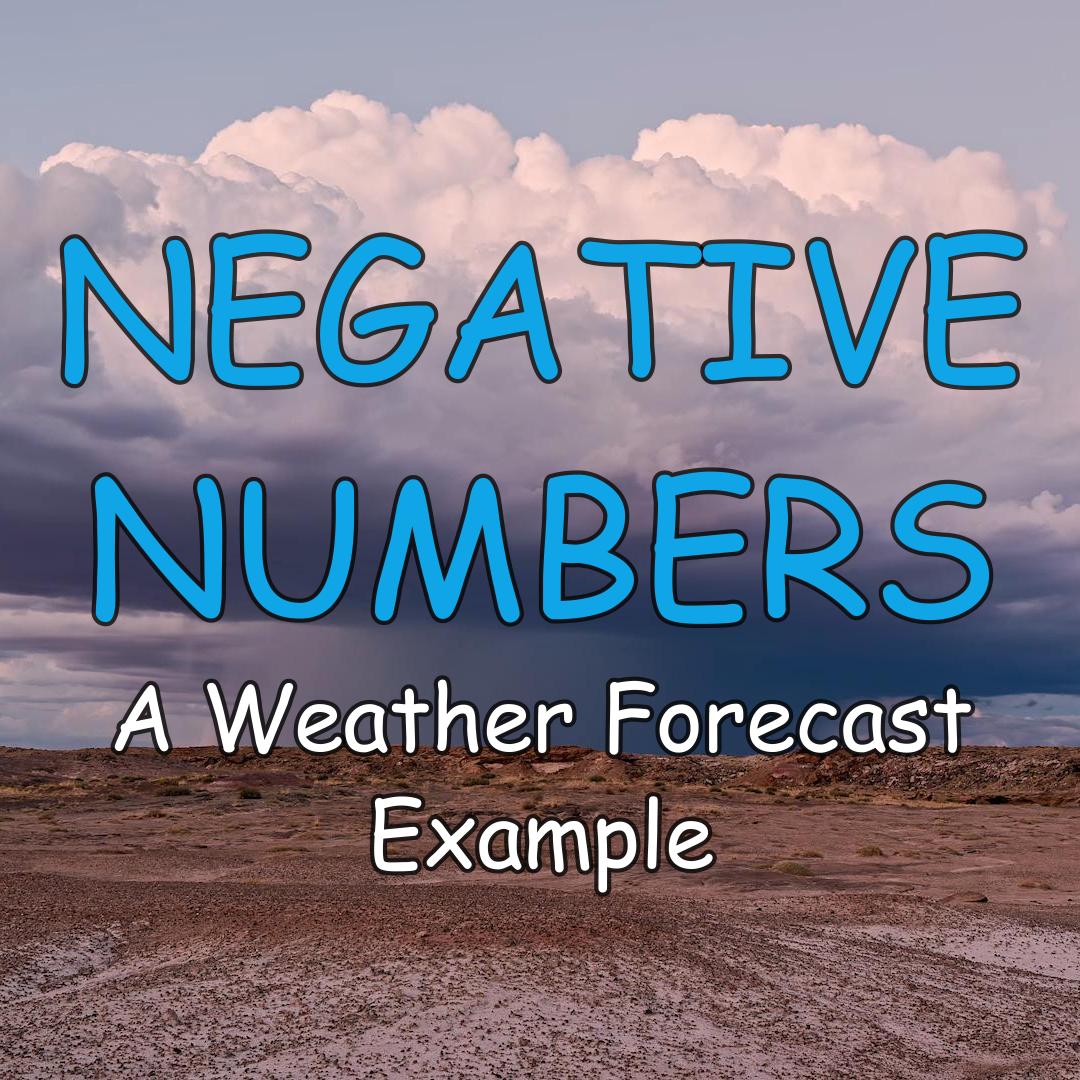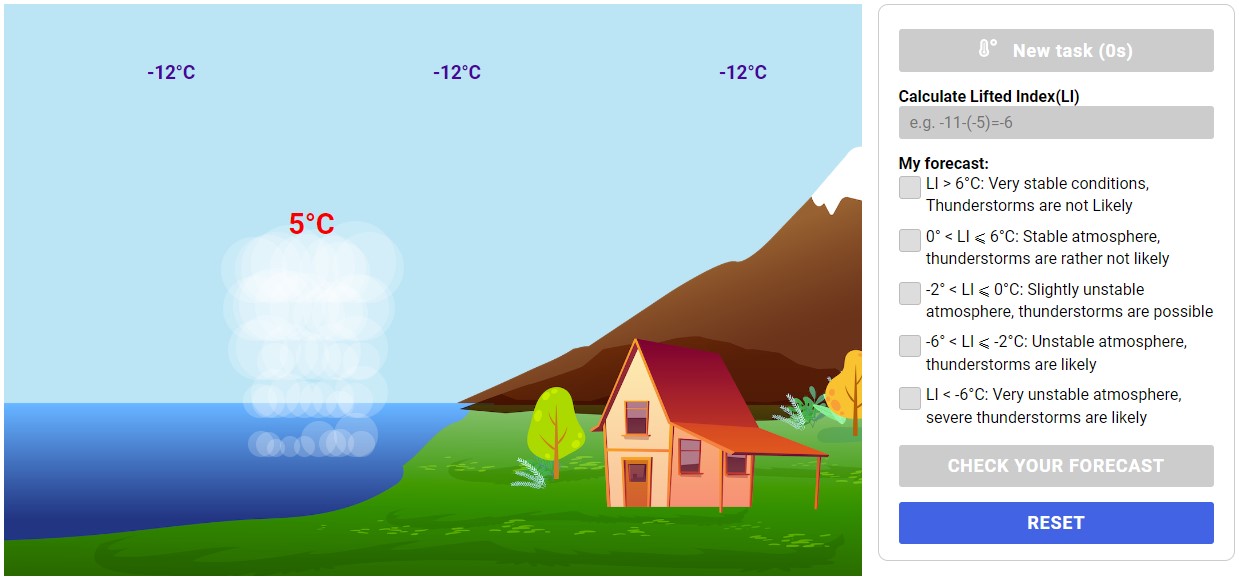Subtracting Negative Numbers for Predicting Thunderstorms
Watch or read?
Would you like to explore this example through a short video or text? If you prefer the video, check out the preview on the right (or below if you’re on a mobile device).
The video includes more animated content and additional examples compared to the article!
Prefer text? Just keep reading!
Introduction
Mathematics plays a crucial role in making weather forecasts accurate and reliable. Meteorologists use mathematical models to analyze vast amounts of data, including temperature, humidity, wind speed, and air pressure, to predict weather patterns.
One particularly valuable mathematical concept for weather forecasting is the use of negative numbers. These numbers play a significant role in predicting thunderstorms.
What causes thunderstorms?
Ever wondered what causes thunderstorms? In short – they happen when the atmosphere becomes unstable.
But what makes the atmosphere unstable? An unstable atmosphere occurs on very hot days, where warm air mass rises rapidly—so rapidly that when it reaches high altitudes, its temperature remains higher than the surrounding atmosphere.
For instance, the temperature of the lifted air mass might be -5 degrees Celsius, while the surrounding atmosphere might be -11 degrees Celsius (as shown in the animation below).

Subtracting Negative Numbers for calculating Lifted Index
What is Lifted Index?
Meteorologists use the term Lifted Index to describe this difference between temperatures. It’s calculated by subtracting the temperature of the lifted air mass from the temperature of the surrounding atmosphere.
Example:
In our example, we subtract two negative numbers: from -11 we subtract -5. The Lifted Index is, therefore:
\[-11 – (-5) = -6\]
A negative Lifted Index indicates an unstable atmosphere. The more negative it is, the more unstable the air, and the higher the probability of a thunderstorm. This method is one of the ways meteorologists predict thunderstorms.
Conclusion
This example demonstrates the practical application of subtracting negative numbers in meteorology. Calculating the Lifted Index is a standard practice used on a daily basis. While there are advanced technological solutions like satellites and weather balloons for measuring temperatures, basic mid-school mathematics remains invaluable for the necessary calculations.
Try it in interactive simulation!
References
You can easily verify the accuracy of this information and explore more on your own:
- Check out the Wikipedia article about the Lifted Index,
- Visit the National Weather Service glossary.
Further Reading:
How Tangible Are Negative Numbers? In the following article, we’ve used a scale, a weight, and a helium balloon as real-world models to demonstrate why minus and minus make a plus:
Curious to discover more about how negative numbers are applied in real life? The following article explains how negative numbers are used in Smart Agriculture:

